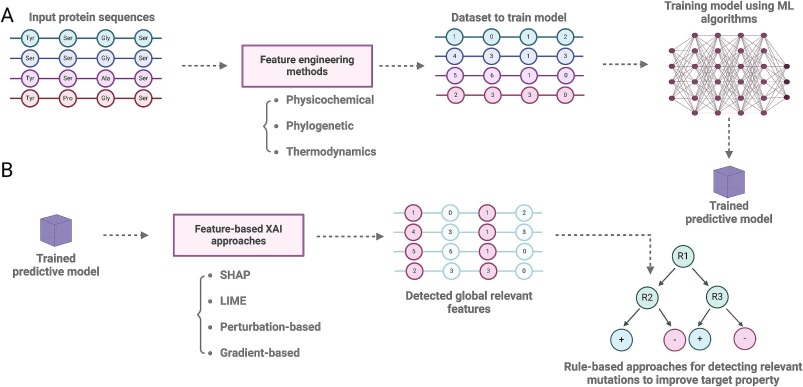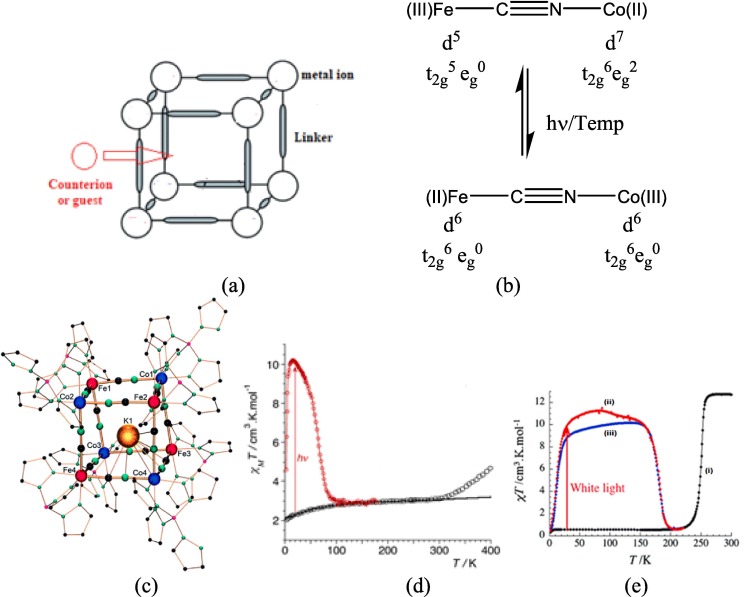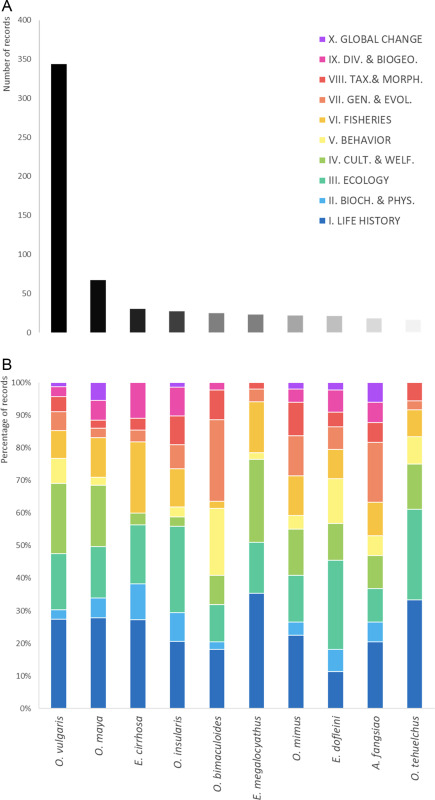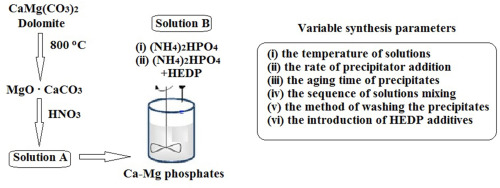A fresh version of the protein design model RoseTTAFold Diffusion, crafted in the laboratory of 2024 Nobel prize recipient David Baker, has generated plans for functional enzymes entirely from the ground up.1 ‘Enzymes serve as the engines of life,’ states Carlos Acevedo-Rocha, a senior researcher at the Technical University of Denmark, who did not participate […]
Read More








